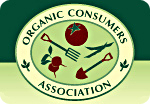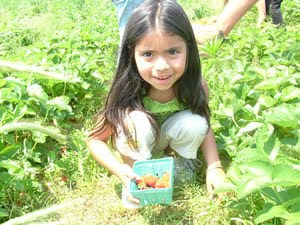Director: Dr. Dickson Despommier, Ph.D.

http://verticalfarm.com
Vertical Farm Video
The Vertical Farm Project is active in proposing solutions to the increased food demand and decreased agricultural land supply that will result from the growing population. It is a project based out of Columbia University’s Environmental Health Science department that serves as a sort of drop box for architects’ proposals on how to feed urban populations throughout the world. Their argument is that indoor farming is advantageous because it protects crops from natural disasters such as hurricanes, floods, and droughts which destroy millions of tons of harvestable crops each year.

Advantages of Vertical Farming:
* Year-round crop production; 1 indoor acre is equivalent to 4-6 outdoor acres or more, depending upon the crop (e.g., strawberries: 1 indoor acre = 30 outdoor acres)
No weather-related crop failures due to droughts, floods, pests
* All food is grown organically: no herbicides, pesticides, or fertilizers
*virtually eliminates agricultural runoff by recycling black water
*returns farmland to nature, restoring ecosystem functions and services
*greatly reduces the incidence of many infectious diseases that are acquired at the agricultural inter face
*converts black and gray water into potable water by collecting the water of
evapotranspiration
*adds energy back to the grid via methane generation from composting non-edible
parts of plants and animals
*dramatically reduces fossil fuel use (no tractors, plows, shipping.)
*converts abandoned urban properties into food production centers
*creates sustainable environments for urban centers

*creates new employment opportunities
















































